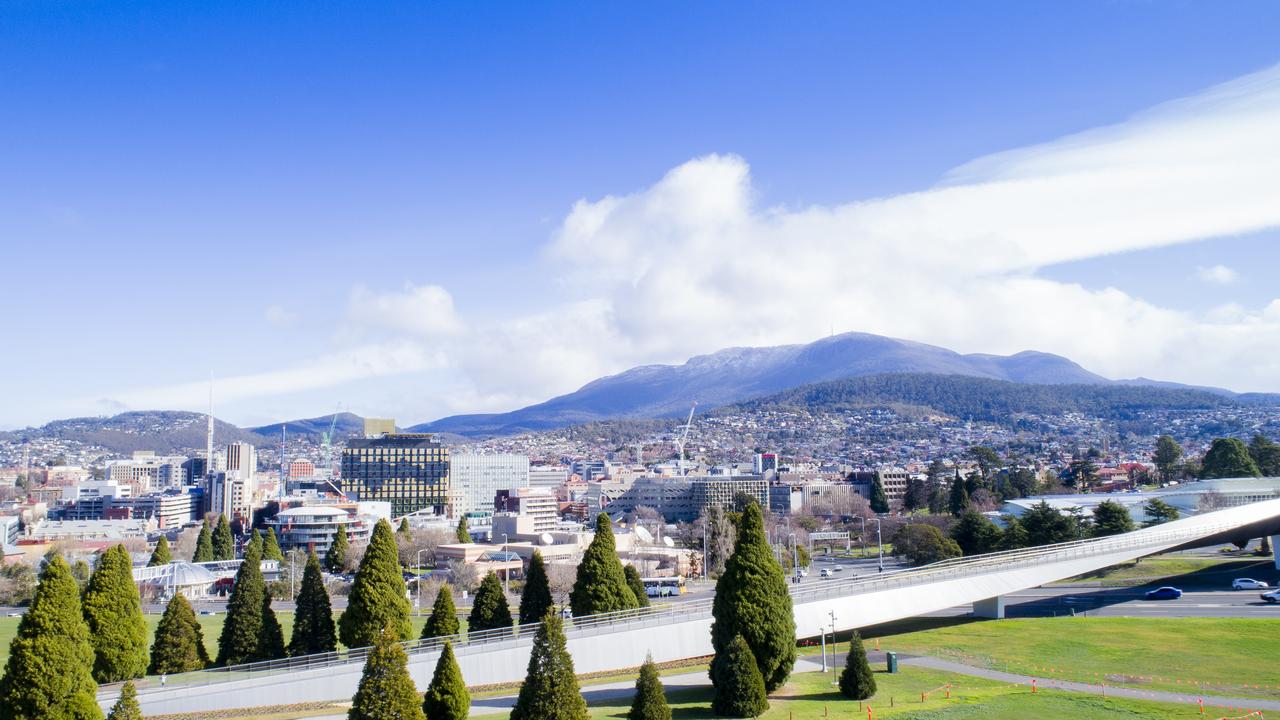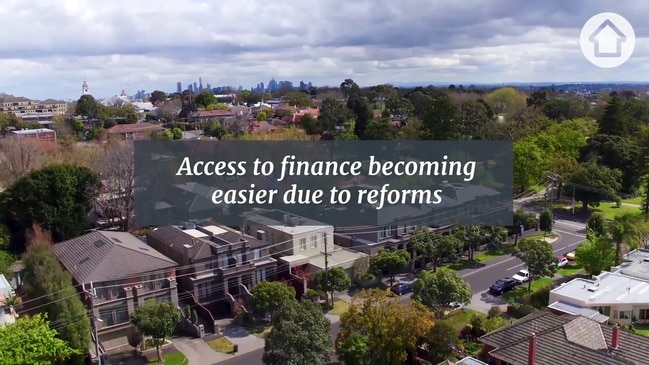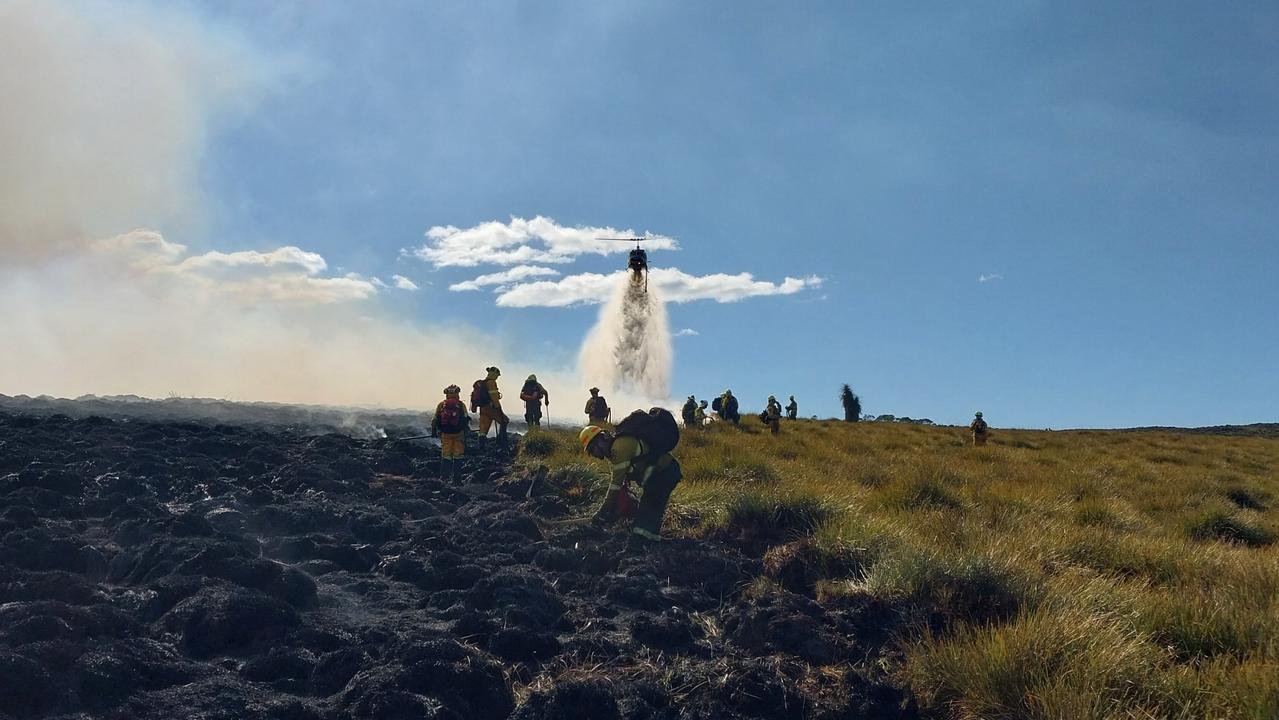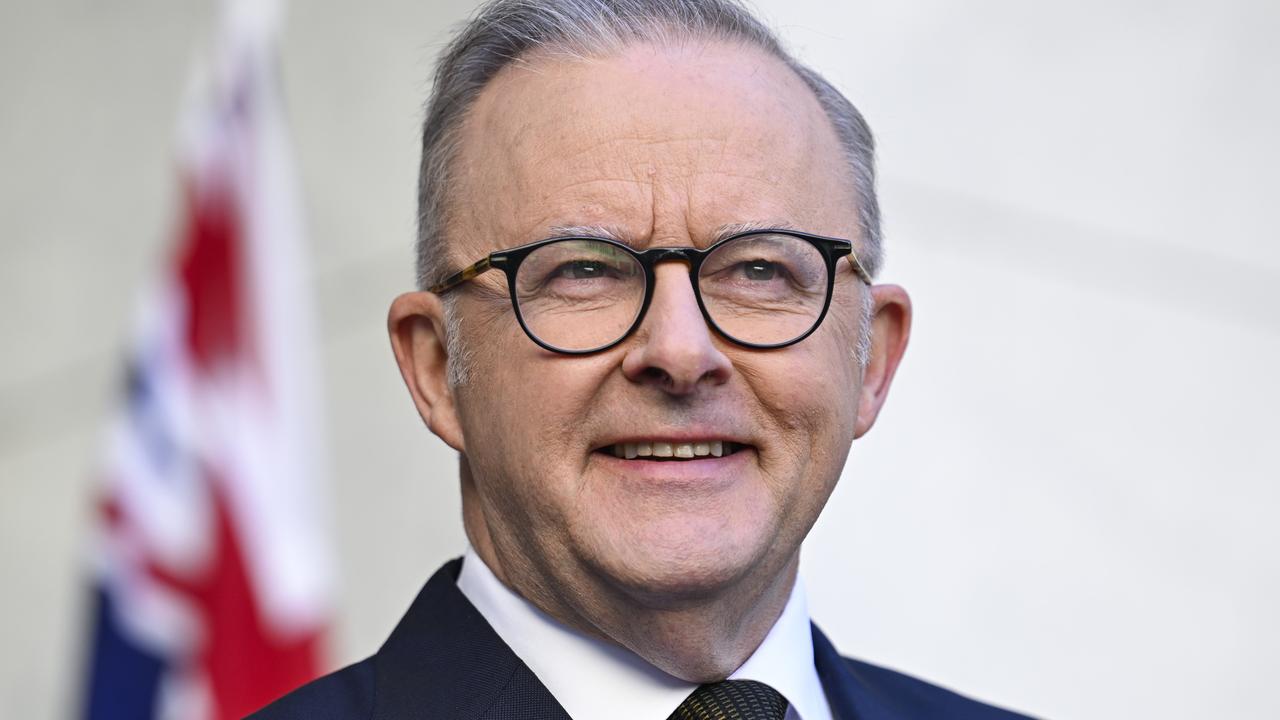Low stock and high demand keeps market humming
House values grew across most of the state’s major centres in the June quarter, a new report reveals.

MOST of Tasmania’s major centres recorded increases in house prices in the June quarter.
The Real Estate Institute of Australia’s latest report revealed a 2.2 per cent dip in Launceston, but there was a 1.5 per cent increase in the North-West Centres, and a 7.5 per cent rise in Hobart.
The largest increase in Hobart was in the Middle (4.5 per cent), with Inner Hobart’s median price rising by 2.1 per cent and Outer Hobart’s by 1.1 per cent.
In the “other dwellings” market, the North-West Centres performed the best in June, with a 12.4 per cent median price increase.
Prices for Launceston’s units and townhouses retreated by 7.6 per cent, while Hobart recorded a slight increase (0.4 per cent).
REIA president Adrian Kelly said that in the June quarter Hobart’s median house price reached $520,000, which was an increase of 2.8 per cent compared with the same time last year.
The data showed Hobart’s rental vacancy rate had increased through June by 0.2 per cent to 1.7 per cent.
The median rent for a three-bedroom Hobart house was $440 per week, up 2.3 per cent over the three-month span and by 11.4 per cent annually.
Mr Kelly said the demand for Hobart dwellings was continuing to influence upwards pressure on pricing. He said Hobart still had a lower than expected volume of property listings on the market and available to buy.
“We are hoping the spring and summer selling season sees an improvement on the number of listings available for purchase,” Mr Kelly said.
“The tight vacancy rate for rental properties will most likely continue, as construction of new homes is being far outweighed by demand.”

The latest QBE Australian Housing Outlook report anticipates a 4 per cent rise in Hobart house prices and a 3 per cent rise in unit median prices over the next three years.
QBE found that, relative to local incomes, Hobart was one of Australia’s least affordable capital cities.
Affordability was calculated as a percentage of household disposable income based on 75 per cent of the median house prices.
At 22.3 per cent, Hobart was only more affordable than Melbourne and Sydney. The Tassie capital was twice as expensive as Darwin, and nearly double Canberra as well.
QBE’s outlook for the northern “capital” was positive, with the expectation that as Hobart becomes out of reach for some local buyers and renters, people may seek more affordable options in Launceston.
Major projects are expected to boost the Launceston economy — and therefore demand — including the University of Tasmania Newnham Campus development and the Northern Prison development.
“This should lead to a pick-up in house price growth in Launceston, with a forecast median of $360,000 at June 2022, representing a 9 per cent increase on the June 2019 median,” the report said.
Originally published as Low stock and high demand keeps market humming



